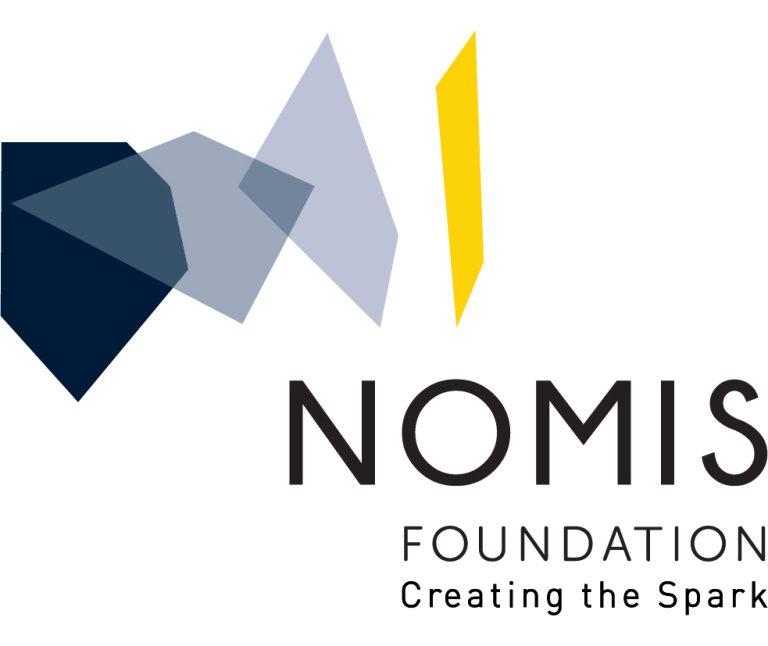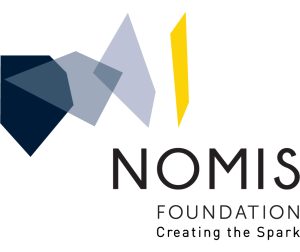Amyotrophic lateral sclerosis (ALS) is the most common motor neuron disease in human adults, with an estimated five in 100,000 people worldwide affected at any moment. This devastating disease is characterized by progressive degeneration of the cells that enable voluntary muscle movement—motor neurons (MNs)—which evokes motor defects and ultimately leads to paralysis.
Although most ALS cases appear sporadic, the rare cases with clear family history allow researchers to hunt for genes that cause disease if individuals carry a defective gene version. One such gene is fused in sarcoma (FUS); it encodes the information to produce FUS proteins. Mutations in the FUS gene account for only about 3% of familial ALS cases but also some sporadic cases; however, they are often associated with a very aggressive course of the disease and early onset of symptoms. “Mutant” FUS proteins, in contrast to “normal” FUS proteins, enter the cell nucleus less efficiently and tend to form insoluble aggregates in the cytoplasm that are found in the brains and spinal cords of people with FUS-linked ALS.
Data from several recently published mouse models indicate that mislocalized FUS exerts toxic functions in the cytoplasm, leading to ALS-like MN degeneration, whereas complete loss of FUS from MNs does not cause an ALS-like phenotype. However, how cytoplasmically mislocalized FUS causes neurodegeneration is still unknown. One possibility is that aberrant RNA-binding of FUS in the cytoplasm causes or contributes to disease. However, this has so far only been addressed in overexpression models, where overexpression of FUS causes artificial toxicity. Another possibility is that aberrant liquid-liquid phase separation (LLPS)—i.e., the clustering of FUS in liquid droplets and accumulation of FUS in phase-separated ribonucleoprotein (RNP) granules—followed by FUS aggregation, is the main driver of toxicity.
As both LLPS and RNA-binding of FUS are dependent on the protein concentration, an experimental model system with physiological expression levels is required to gain insights into their contribution to disease. Their respective contribution is currently unclear, mainly due to the lack of suitable in vivo models to address this question. The Elucidating the Pathomolecular Determinants of Neurodegeneration in FUS-Linked Amyotrophic Lateral Sclerosis project will address the role of phase separation and RNA binding of FUS in neurodegeneration by generating physiological in cell and in vivo models of disease with rationally designed point mutations. These models will enable for the first time the study of the impact of cytoplasmic phase separation and RNA interactions on disease in vivo and will allow unprecedented insights into the pathomolecular determinants of FUS-linked ALS.
The project is being led by Marc-David Ruepp at King’s College London (UK) and Dorothee Dormann at the Johannes Gutenberg University Mainz and the Institute of Molecular Biology (Mainz, Germany).




